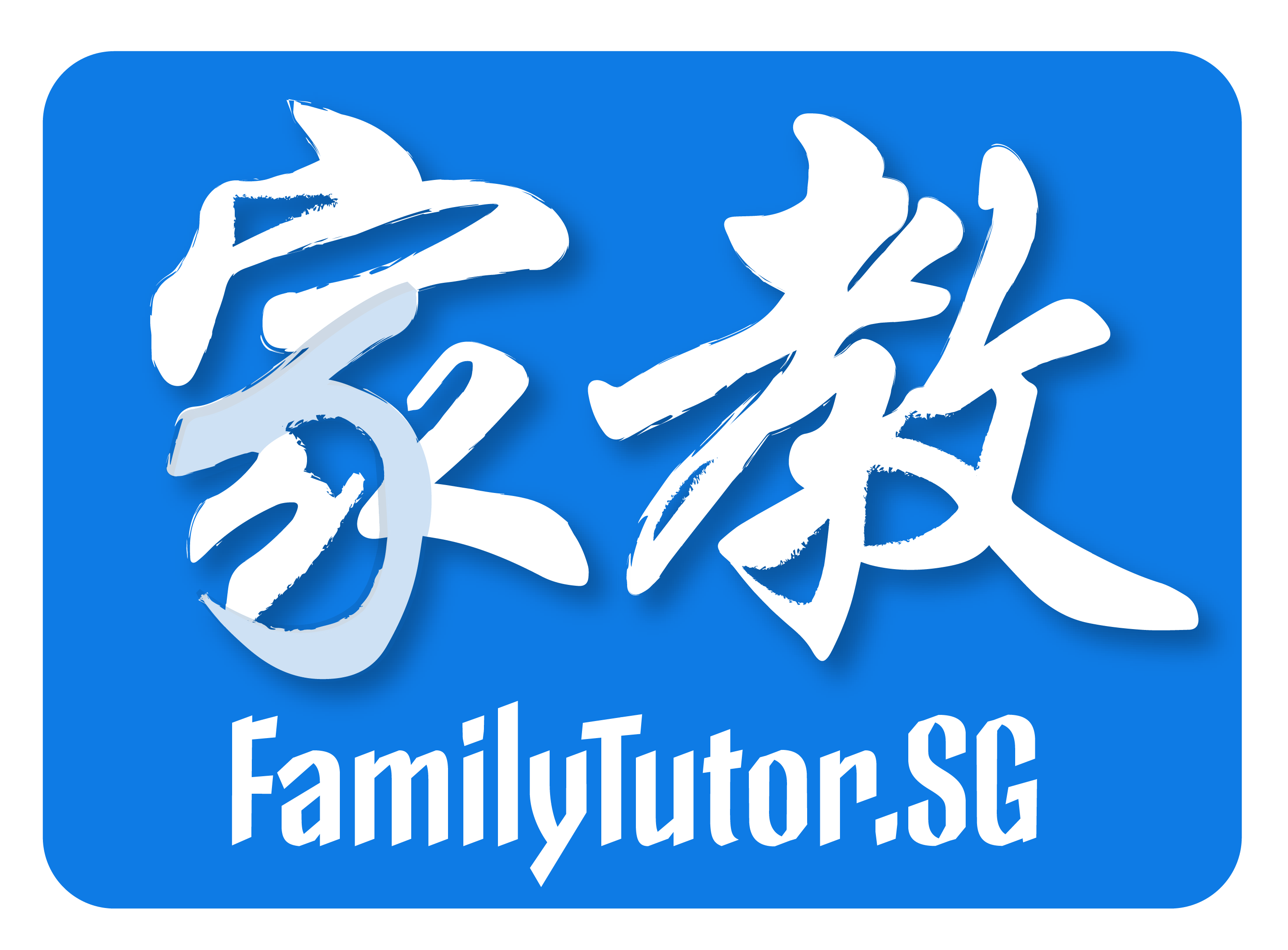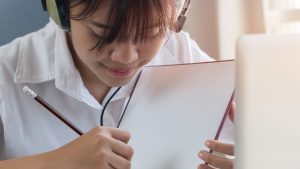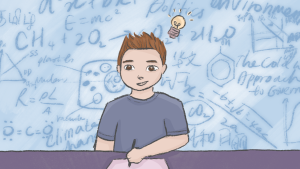
Teaching Pedagogies: 5 Approaches for Powerful Learning

Teaching is both an art and a science and can be approached in a multitude of different ways. Effectively imparting knowledge to a student requires deep knowledge and skill. It also involves taking in feedback, assessments and continual adaptation –– in order to foster learning and knowledge acquisition. Whether you’re a new tutor preparing for your first lesson or a seasoned educator looking for inspiration, incorporate one or two of these methods to make your teachings engaging.
What is Teaching Pedagogy?
The word, “pedagogy”, is derived from the Greek word, “paidagōgos”, and roughly translates to, “leading a child”. Pedagogy is the approach taken to teaching and involves both theory and practice. It involves taking into consideration several different factors: teaching styles, learning theories, understanding and student needs, feedback and assessment. Pedagogy in teaching can lean towards two ends of the spectrum: teacher-centred or student-centred.
Educators can choose to adopt a certain pedagogical approach, or a combination of approaches. Through years of experience and trial-and-error, they have a keen understanding of what works and what doesn’t. Each student is also unique; teaching methods need to be adapted to learners with differing behavioural styles, ability and needs.
Constructivist
In a constructivist approach, learners are believed to build their own bank of knowledge by synthesizing new information with their existing set of knowledge. It is based on Piaget’s theory of ‘schemas’, frameworks that already exist in the mind and which help organise information. Here, students actively take in information, determine how to sort it out and connect the dots. Students are viewed as self-determined, engaged learners instead of passive ones. Although this model of teaching is student-centred, teachers are critical in facilitating the retrieval of knowledge and aiding the knowledge-building process.
Collaborative
In a collaborative approach, students work in pairs or groups to help each other learn material. They discuss with their peers what they’ve learnt, ask questions and clarify doubts –– promoting deeper understanding and internalisation of knowledge. Collaborative Learning emphasises the importance of talking in learning and is based on the fundamental truth that learning is a social act. Teachers can organise break-out sessions towards the end of lessons to have students talk about what they’ve learnt, keeping them engaged and excited.
Integrative
In an integrative approach, making connections across curricula is emphasised. It involves higher level reasoning and critical-thinking skills. As classified by the revised Bloom’s Taxonomy, the ability to analyse, evaluate and create sit on the three highest rungs of learning. To be able to reach these levels, teachers must first ensure students have basic learning abilities: the ability to remember, understand and apply. Once they do, they will have the cognitive ability to compare facts, form hypotheses and broad generalisations through data integration.
Inquiry-based
An inquiry-based approach highlights investigation and experimentation and is especially relevant when teaching scientific disciplines, such as Chemistry or Physics. Existing theories and ideas are questioned and challenged and further probing occurs. A new hypothesis is developed and a series of experiments are conducted to verify the new hypothesis. Conclusions are drawn and existing theory is either debunked or confirmed. Educators can take this approach by conducting field studies, experiments and simulations that take learning out of the textbook and memorising facts.
Reflective
Reflective teaching focuses on continual evaluation and improvement of a tutor’s teaching methods. This is based on Kolb’s Learning Cycle comprising four stages: Concrete Experimentation, Reflective Observation, Abstract Conceptualisaiton, Active Experimentation. First, you try out a method of teaching. Next, you reflect on the experience and notice areas where students were engaged and learning productively, and also the barriers to better learning. Would more effective learning take place if students are put into pairs instead of large groups of five? In stage three, after making sense of the lesson and speaking to other teachers, they can tweak their lessons. The new and improved methods are then adapted into future teaching.
Moulding teaching to your students
There is no one perfect method to teaching. Usually, a mix of different approaches create optimal learning experiences. Our private tuition teachers at FamilyTutor aim to make learning exciting for your children with teaching based on innovative and cutting-edge pedagogical research. We provide one-on-one home and online tuition to students in Singapore. Request a tutor with us and let us know your requirements. Or if you’re an experienced tutor looking for assignments, contact us. Start your journey of learning or teaching with us today.
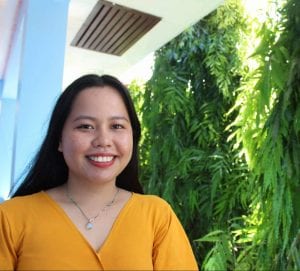
Carelle
Carelle is a teacher who has been through the ups and downs of the teacher and learner life. She wishes for every learner to gain educational satisfaction that will help embody the people they want to be in the future.
Tell Carelle Below What You Think About Her Post!
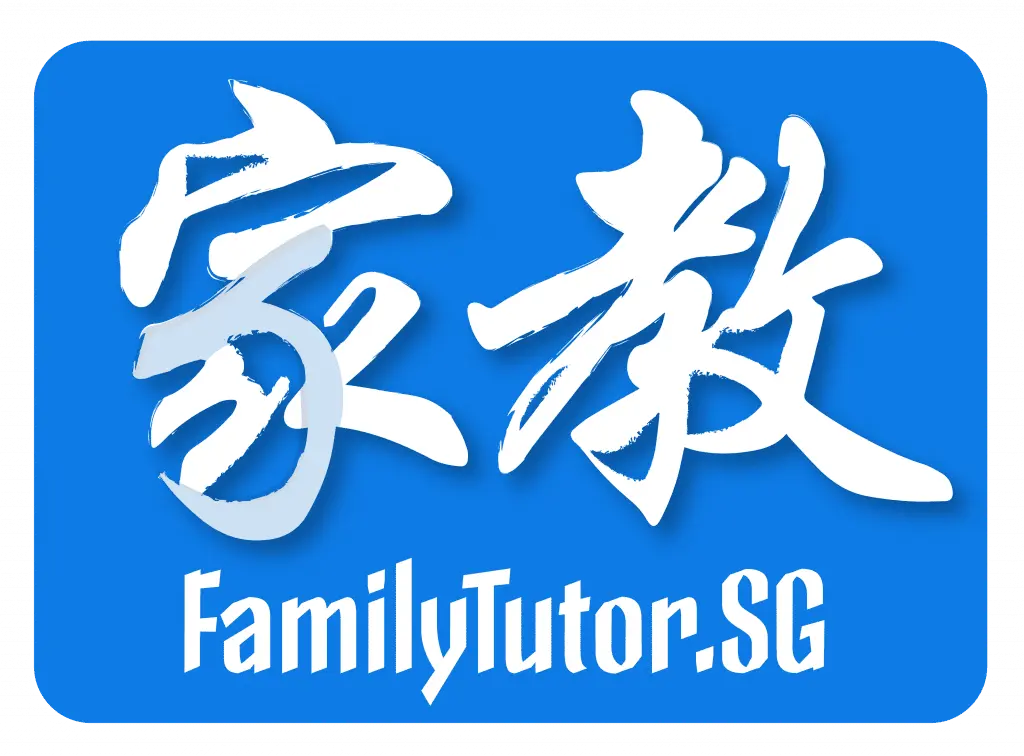
About FamilyTutor!
FamilyTutor is an established home tuition agency in Singapore! We match suitable home tutors for our clients not just to improve the students' academic grades, but also to build a strong rapport and meaningful relationship with the students and even the their whole family. FamilyTutor put every student in good hands!
If you need an excellent home tutor, feel free to call/WhatsApp us at +65 8777-2168! Our matching service is free!
Related Posts!
Follow Us On Facebook!
Our Service!
- Home Tuition in Singapore
- Home Tutor in Singapore
- Home Tuition Rates in Singapore
- Preschool Home Tuition
- Primary School Home Tuition
- PSLE Home Tuition
- Secondary School Home Tuition
- ITE Home Tuition
- N Level Home Tuition
- JC Home Tuition
- A Level Home Tuition
- Polytechnic Home Tuition
- University Home Tuition
- A-Math Home Tuition
- Biology Home Tuition
- Chemistry Home Tuition
- Chinese Home Tuition
- Economics Home Tuition
- English Home Tuition
- Geography Home Tuition
- H2 Chemistry Home Tuition
- Higher Chinese Home Tuition
- Hindi Home Tuition
- History Home Tuition
- IB Chemistry Home Tuition
- IP Chemistry Home Tuition
- IP Math Home Tuition
- IP Home Tuition
- JC Chemistry Home Tuition
- Literature Home Tuition
- Malay Home Tuition
- Math Home Tuition
- O Level Chemistry Home Tuition
- O Level Math Home Tuition
- O Level Physics Home Tuition
- Online Home Tuition
- Physics Home Tuition
- POA Home Tuition
- Science Home Tuition
- Tamil Home Tuition
Education Levels
National Exams
Math & Science Subjects
Language Subjects
Japanese Tuition
Korean Tuition
German Tuition
Humanities Subjects
Social Studies
Chinese Literature Tuition
About Us
FamilyTutor is an established and the people’s favourite home tuition agency in Singapore! We match a suitable tutor for you not just to improve the student’s grade, but also to build a good rapport and meaningful relationship with the student and even with the student’s whole family! With FamilyTutor, every Singaporean son & daughter is in good hands.
Contact Us
- 8777 2168
- 8777 2168
- Mon-Sun 9am-10pm (Including PH)
- contactus@familytutor.sg
- 17 Petir Road Singapore 678278
